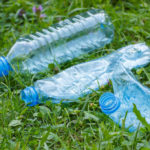So what’s the difference between roll bags in supermarkets and other regular food-grade plastic bags?
What are supermarket roll bags made of?
To understand the material of roll bags in supermarkets, we must first understand the different types of plastics.
Common plastic products can be divided into polyethylene terephthalate (PET / 01), high-density polyethylene (HDPE / 02), polyvinyl chloride (PVC / 03), low-density polyethylene (LDPE / 04), polypropylene (PP / 05), polystyrene (PS / 06), and other types of plastics (PC / 07), all of which will have a recycle symbol triangle.
The inside of the triangle symbol is numbered from 01 to 07, with 1 for PET, 2 for HDPE, 4 for LDPE, 5 for PP, and 6 for PS, which can be used to hold or come into contact with food.
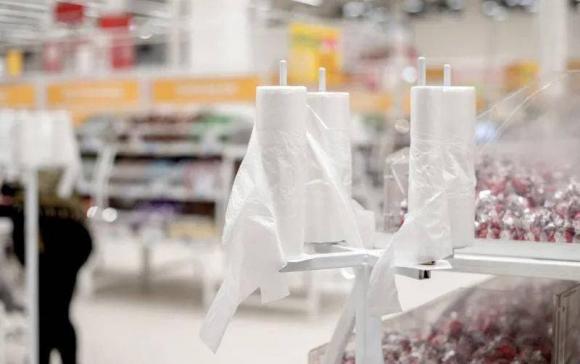
Food-grade plastic bags in general are made from HDPE material, while food-grade wrapping bags are made from LDPE material. These two materials are the most common types of plastics in supermarket food areas.
Roll bags made from “pure PE plastic” can take hundreds of years to degrade.
Of course, some supermarkets will use degradable roll bags, which can be divided into two types: bio-based and petroleum-based. This means that after adding some special ingredients to the plastic, it will degrade more easily. Degradable plastic bags usually decompose within a year, and Olympic plastic bags can even start to decompose in less than three months after being discarded.
Degradable plastic bags have the following characteristics:
In compliance with the national standard GB/T21661-2008, marked with the abbreviations of PLA, PHAs, PBA, PBS, and other polymer materials, the most common being plastic bags labeled “53” that can be recycled and have a triangular symbol. If it is a food-grade plastic bag, it will also be printed with the QS logo on the VSATTP license.
Furthermore, not only food-grade plastic bags or wrapping films with PE/HDPE/LDPE are suitable for food packaging, but also pay attention to the preceding words “for food”, “food ATTP”, “QS” to indicate that it can be used for food packaging.
Ordinary garbage bags are also made from PE material. Do not use them to store food! In general, plastic bags cannot contain food that has excessive plasticizers or contains harmful substances such as phthalates.
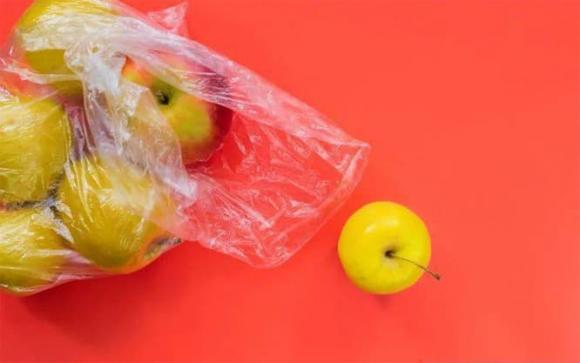
Can roll bags be stored in the refrigerator for food storage?
Many people are used to putting fresh produce and meat from supermarkets directly into the refrigerator. It is okay to put them in the refrigerator, but if you put a bunch of meat you just bought in the freezer, the roll bags or plastic wraps and the meat will stick together, and the plastic bag will tear before defrosting. Tiny pieces of the roll bag will remain in the meat, and when eaten, they will release plasticizers, which can be harmful to the human body.
Therefore, when consuming frozen food, remember to wait until the food has thawed and easily separates from the roll bag before removing it from the roll bag.
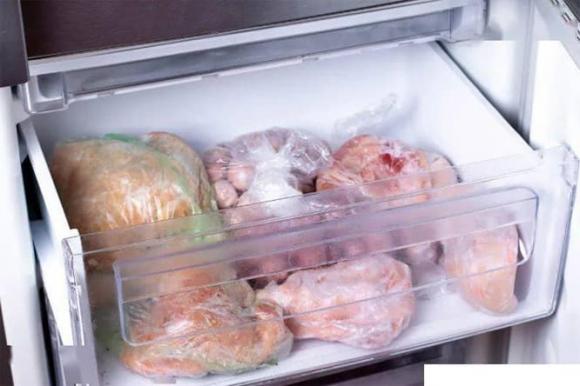
Which plastic products are not reusable?
Do not use dedicated food-grade roll bags multiple times for food! Although using food-grade roll bags at room temperature will not be affected by plasticizers, using the same roll bag multiple times for different types of food will allow the growth of bacteria and mold, causing the food to spoil quickly and affect health.
For disposable plastic lunch boxes, before intending to use them multiple times, remember to check if the logo underneath the lunch box is made of PP (05) plastic or not. Because PP is polypropylene, it can withstand high temperatures up to 130°C and has a melting point of up to 167°C.
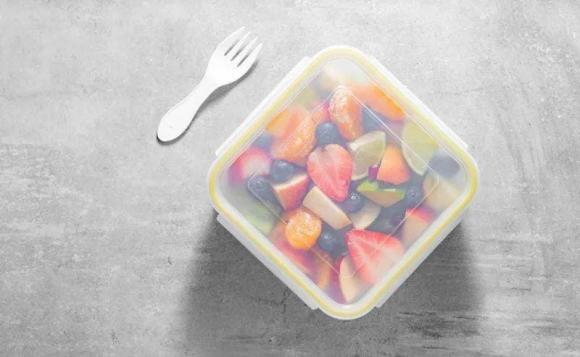
At the same time, pay attention to the material of the lids of these lunch boxes. Most lids are made of PE, so do not put PE plastic lids in the microwave for heating. In addition to PP lunch boxes, there are also disposable lunch boxes made of PE, PS, which will release harmful substances when heated and should not be used multiple times.
Spoons, cups, and plastic straws that are disposable should not be used multiple times in life. Although the possibility of being affected by plasticizers is low, the risk of ingesting plasticizers is very high.
In summary, everyone must remember this: do not reuse plastic products labeled “disposable” for food!
According to Công lý & xã hội


























